Starting an online petition
- Identify your cause and audience
- Select a name for your petition
- Write a compelling statement for your petition
- Determine which marketing channels you’ll use to reach your audience
- Create a strategy to promote your petition in each channel
- Design a logo for your campaign
- Pick a powerful form or app builder
- Create your own custom petition form or app
- Integrate your form or app with a payment processor for fundraising
- Share your petition form
We’re living in a time of upheaval, so it’s natural to feel worried about the future. Sometimes we see so many injustices that it’s hard not to become complacent. But plenty of people are determined to make a difference and shape a better future.
Activism is the primary way for average people to make their voices heard, and it can take many forms. In 2020, millions of demonstrators hit the streets in support of Black Lives Matter. And over 19 million people signed an online petition through Change.org seeking justice for George Floyd, making it the most successful online petition in the service’s history.
It’s clear that online petitions can garner significant support and draw attention to a cause, but many people still question their effectiveness. If you want to create change in the world, is starting an online petition a good way to do it?
Could an online petition be effective for your cause?
Online petitions are appealing because they can draw a lot of attention and support without requiring much effort. Since they’re so low-effort, some critics call online petitions a form of “slacktivism” — a low-commitment way to show fleeting support for a cause that signers may quickly forget about. But these criticisms don’t necessarily mean you shouldn’t create an online petition.
In this CNN article, Christina Maxouris gives several reasons for activists to consider online petitions:
- They offer an alternative form of activism for those who aren’t comfortable participating in public demonstrations or who can’t participate for various reasons.
- In many cases, the psychological impact of committing to a petition can influence the signer’s future behavior and encourage them to continue supporting the cause in new ways.
- They give the petition organizer an idea of who is interested in their cause and an opportunity to encourage further action from supporters.
- An online petition may be the only way someone becomes aware of a cause.
While online petitions can deliver significant benefits, they must be part of a broader strategy to be truly effective.
For example, you can use an online petition to get people to join a public demonstration or start a targeted mailing campaign. This way, you harness the broader reach of an online petition and funnel it into more effective, higher-effort methods of activism.
Your petition will be most effective if you’re clear about what you want to achieve and how the petition will help. You might create a headline that uses attention-grabbing words to illustrate the desired outcome of the petition — such as “Stop the devastation of the rainforest now!” — but it doesn’t explain how the petition will contribute to that goal.
Many activists solve this problem by identifying a decision maker who will receive the petition. This person could be a politician or business leader who holds the key to fixing the issue. Ensuring that you target your petition to that individual and outline the steps you want that individual to take can help signers feel more confident and make them more willing to sign.
How to choose the right online service to start your petition
With a clear message in hand and an understanding of how your petition will fit into your strategy, it’s time to choose the right service to start and manage your petition.
Many services have sprung up to make it easier to create an online petition, but not all are created equal. People have accused certain sites of having such a low barrier to entry that they may allow fake signatures or bots to creep in. This can undermine the legitimacy of your petition.
For example, former employees of Change.org accused the organization of misrepresenting fundraising efforts and making a profit from users’ petitions. And in some cases, petition signers may be at risk of having their personal information exposed.
Doing your research is critical. As you try to make the world a better place, you don’t want to get involved with a service that’s less than ethical. Look at what other well-known activists are doing, and stay on top of any new articles related to your service of choice. This will keep you informed and help you make the right decision.
In addition to ethics, there are other factors to consider. For example, many larger services lower the barrier to entry and make it easier for people to sign, sometimes without ever requiring them to create an account. While this might make it easier to collect more signatures, it also means you can easily lose control of your signer data.
Alternatively, creating a custom petition by using a form service like Jotform can help you maintain tighter control over the petition, take steps to ensure it’s perceived as legitimate, and even gather email addresses to stay in contact with signers.
Jotform also includes valuable features for supporters — like the ability to e-sign — which makes it a better fit in this digital age. These solutions tend to be the most effective because they allow you to build a following and use your petition as a springboard to support even more targeted forms of activism in the future.
Changing the world is hard; starting a petition is easy
No matter how you want to change the world, starting an online petition can be an effective and easy part of your strategy. Jotform’s petition templates let you craft a powerful narrative, share your petition with a broader audience, and set your movement up for serious growth. Or, using Jotform’s petition maker, you can immediately create your petition from scratch.
If you’re also looking to fundraise for your cause at the same time, consider using Jotform Donation Apps to gather signatures and contributions seamlessly. Build a custom, no-code petition app and choose from 30-plus trusted payment gateways to integrate with. Then share your app via QR code, direct link, or by linking to it in your social media bios or on your organization’s website. Collect online donations, register volunteers, and manage events and fundraisers from Jotform’s all-in-one platform.







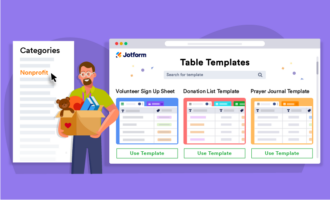







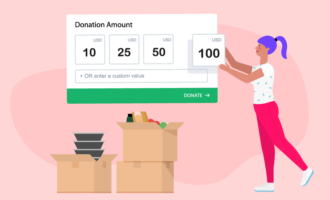
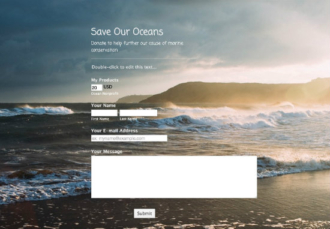



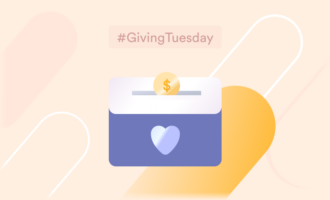

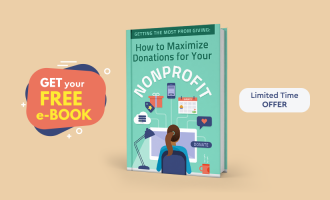




























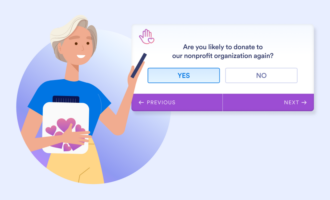







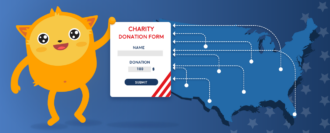

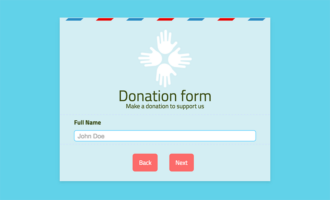



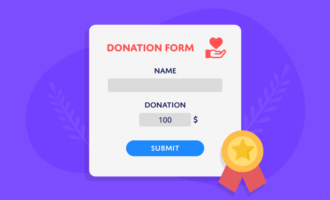




Send Comment: